Rat SCF ELISA Kit
$299.00 – $419.00
ELISA Kit Detail Information
| Related Target | |
|---|---|
| Species | rat |
| Sample Type | Serum, plasma, cell culture supernatant, and other biological samples |
| Sample Volume | 50 μL |
| Sensitivity | 38.4 pg/mL |
| Array Range | 0.23 ng/mL – 15 ng/mL |
| Assay Time | 3.5 h |
| Recovery | 81% – 112% |
| Average Recovery | 93% |
| Intra Precision | 8.3% – 9.2% |
| Inter Precision | 5.8% – 7.2% |
| Plate | Detachable 96-well plate |
| Storage | If the reagent kit is unopened, it should be stored at 4℃. However, if it has been opened, the standard solution should be stored at -20℃, while the other components should be stored at 4℃. |
| Delivery | 4℃ blue ice transportation |
| Components | 96-well polystyrene enzyme-linked immunosorbent assay (ELISA) plate coated with anti-SCF monoclonal antibody Rat SCF freeze-dried standard Rat SCF detect Antibody Standard Diluent Assay Buffer(10×) Substrate TMB Stop Solution Washing Buffer(20×) Sealing Film |
| Assay Principle | This kit utilizes a double-antibody sandwich enzyme-linked immunosorbent assay (ELISA) technique. Specific monoclonal antibodies against rat SCF are precoated on a high-affinity ELISA plate. Standard samples and test samples are added to the wells of the ELISA plate, and after incubation, the SCF present in the samples binds to the solid-phase antibodies. After washing to remove unbound substances, biotinylated detection antibodies are added and incubated, followed by washing to remove unbound biotinylated antibodies. Then, HRP-labeled streptavidin is added. After washing, TMB chromogenic substrate is added for color development while avoiding light. The intensity of the color reaction is directly proportional to the concentration of SCF in the sample. The reaction is terminated by adding a stop solution, and the absorbance value is measured at a wavelength of 450 nm (with a reference wavelength range of 570-630 nm). |
Related Targets
KITLG
KITLG Target Infomation Overview
- Target Symbol: KITLG, KIT ligand
- Alias: SCF; SF; Kitl; KL-1; FPH2; SLF; DFNA69
- Previous Names: MGF
- Alias Names: mast cell growth factor; stem cell factor; steel factor; familial progressive hyperpigmentation 2
KITLG, KIT ligand Target Infomation by Species
- Human
- Mouse
- Rat
Human KITLG Target Information
- Target Symbol: KITLG, KIT ligand
- Alias:
- c-Kit ligand
- DCUA
- DFNA69
- DKFZp686F2250
- familial progressive hyperpigmentation 2
- FPH2
- FPHH
- kit-ligand
- Kitl
- KL-1
- mast cell growth factor
- MGF
- SCF
- SF
- SHEP7
- SLF
- steel factor
- stem cell factor
- NCBI_Gene: 4254
- UniProtKB: P21583
Human KITLG Predicted Functions
Predicted to enable cytokine activity and stem cell factor receptor binding activity. Involved in embryonic hemopoiesis; male gonad development; and positive regulation of cell population proliferation. Located in several cellular components, including filopodium; lamellipodium; and plasma membrane. Implicated in autosomal dominant nonsyndromic deafness 69 and familial progressive hyperpigmentation with or without hypopigmentation.
Mouse Kitl Target Information
- Target Symbol: Kitl, kit ligand
- Alias:
- blaze
- blz
- Clo
- cloud gray
- Con
- contrasted
- Gb
- grizzle-belly
- Kitlg
- mast cell growth factor
- Mgf
- SCF
- SF
- Sl
- SLF
- steel
- Steel
- Steel factor
- stem cell factor
- NCBI_Gene: 17311
Mouse Kitl Predicted Functions
Enables cytokine activity and stem cell factor receptor binding activity. Acts upstream of or within several processes, including positive regulation of cell differentiation; positive regulation of cell population proliferation; and positive regulation of protein phosphorylation. Located in extracellular space and plasma membrane. Is integral component of membrane. Is expressed in several structures, including alimentary system; central nervous system; genitourinary system; integumental system; and sensory organ. Human ortholog(s) of this gene implicated in autosomal dominant nonsyndromic deafness 69 and familial progressive hyperpigmentation with or without hypopigmentation. Orthologous to human KITLG (KIT ligand).
Rat Kitlg Target Information
- Target Symbol: Kitlg, KIT ligand
- Alias:
- C-kit ligand
- hematopoietic growth factor KL
- Kitl
- Kl1
- Kl2
- LOC60427
- LOC60428
- mast cell growth factor
- Mgf
- SCF
- steel factor/kit ligand
- stem cell factor
- stem cell factor KL-1
- stem cell factor KL-1 precursor
- stem cell factor KL-2 precursor
- NCBI_Gene: 60427
Rat Kitlg Predicted Functions
Predicted to enable cytokine activity and stem cell factor receptor binding activity. Involved in ovarian follicle development and positive regulation of cell population proliferation. Predicted to be located in several cellular components, including extracellular space; filopodium; and lamellipodium. Predicted to be integral component of membrane. Predicted to be active in plasma membrane. Human ortholog(s) of this gene implicated in autosomal dominant nonsyndromic deafness 69 and familial progressive hyperpigmentation with or without hypopigmentation. Orthologous to human KITLG (KIT ligand).

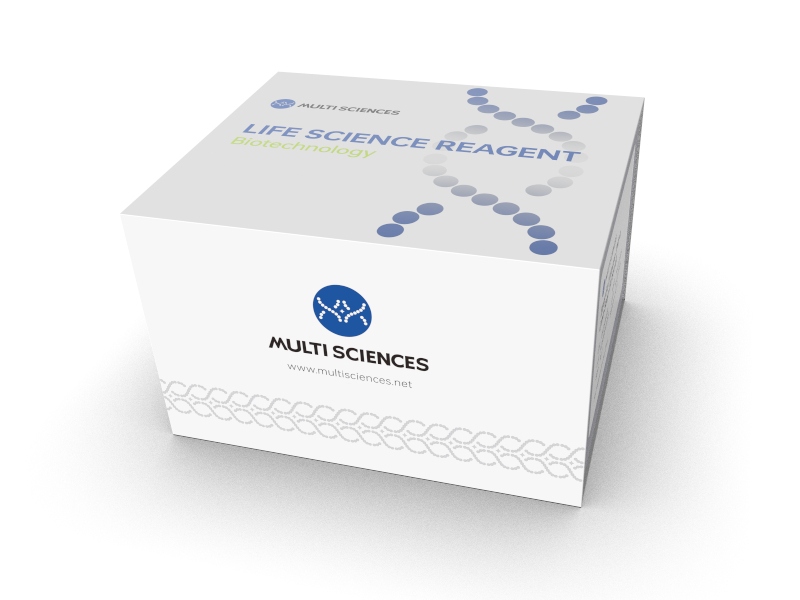
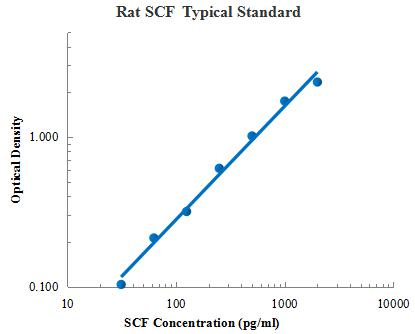
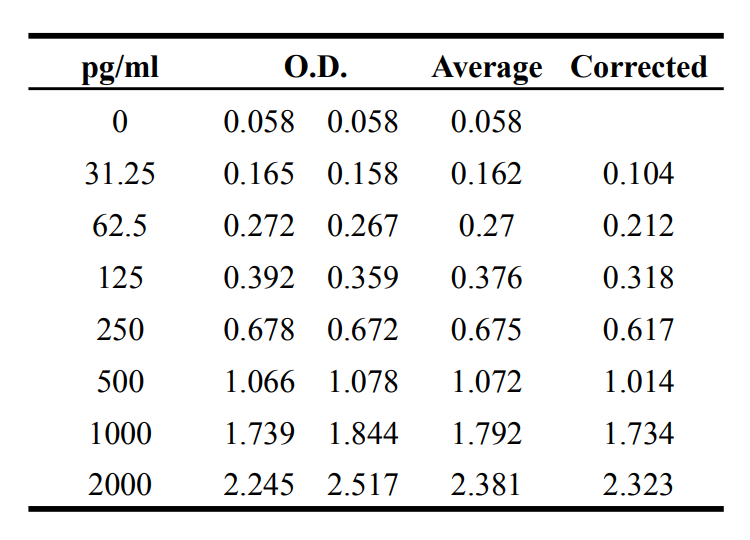
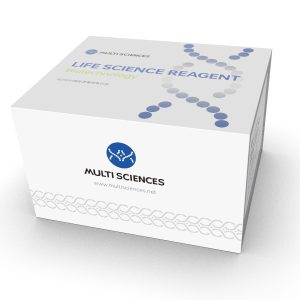

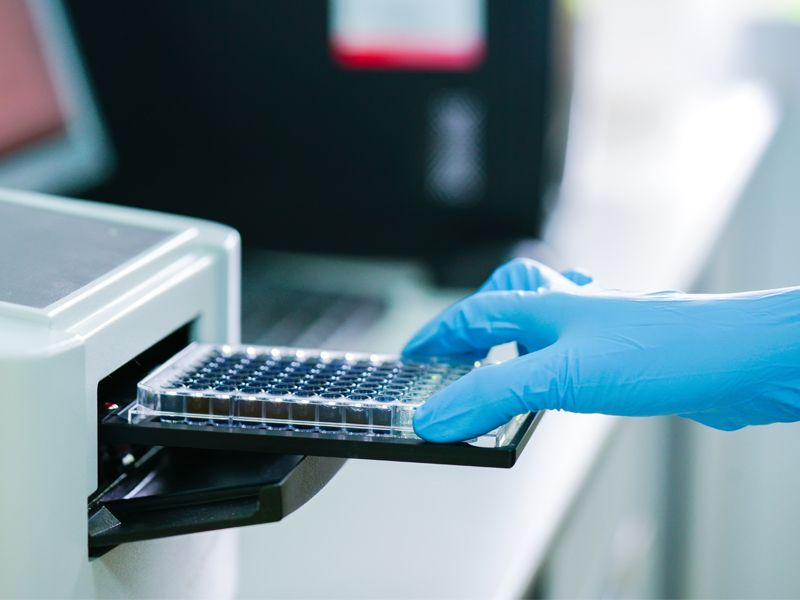
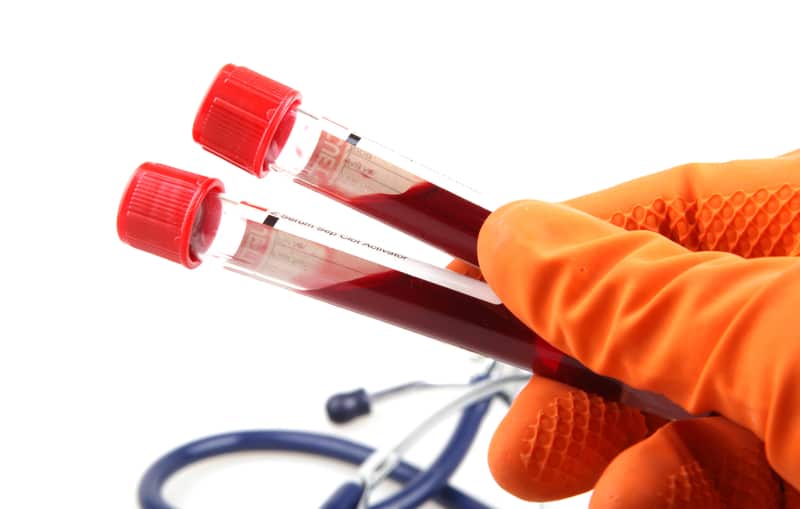
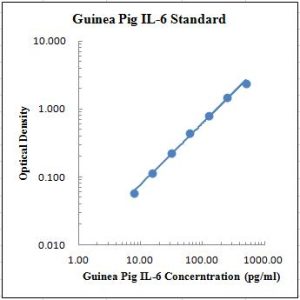
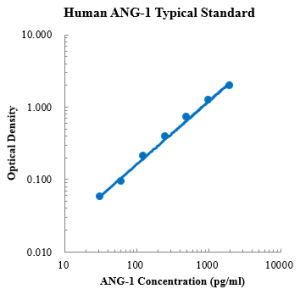
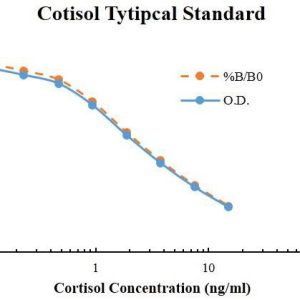
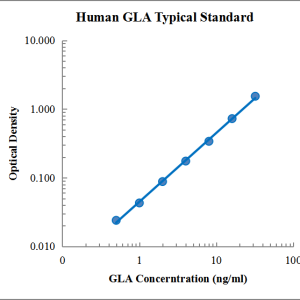
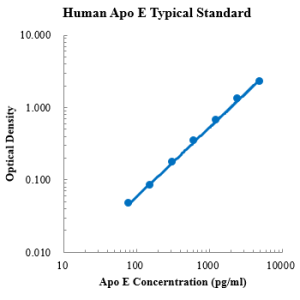
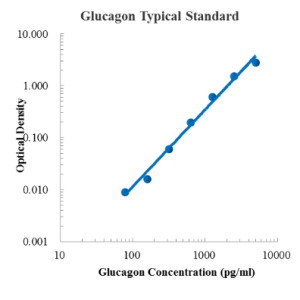
Reviews
There are no reviews yet.